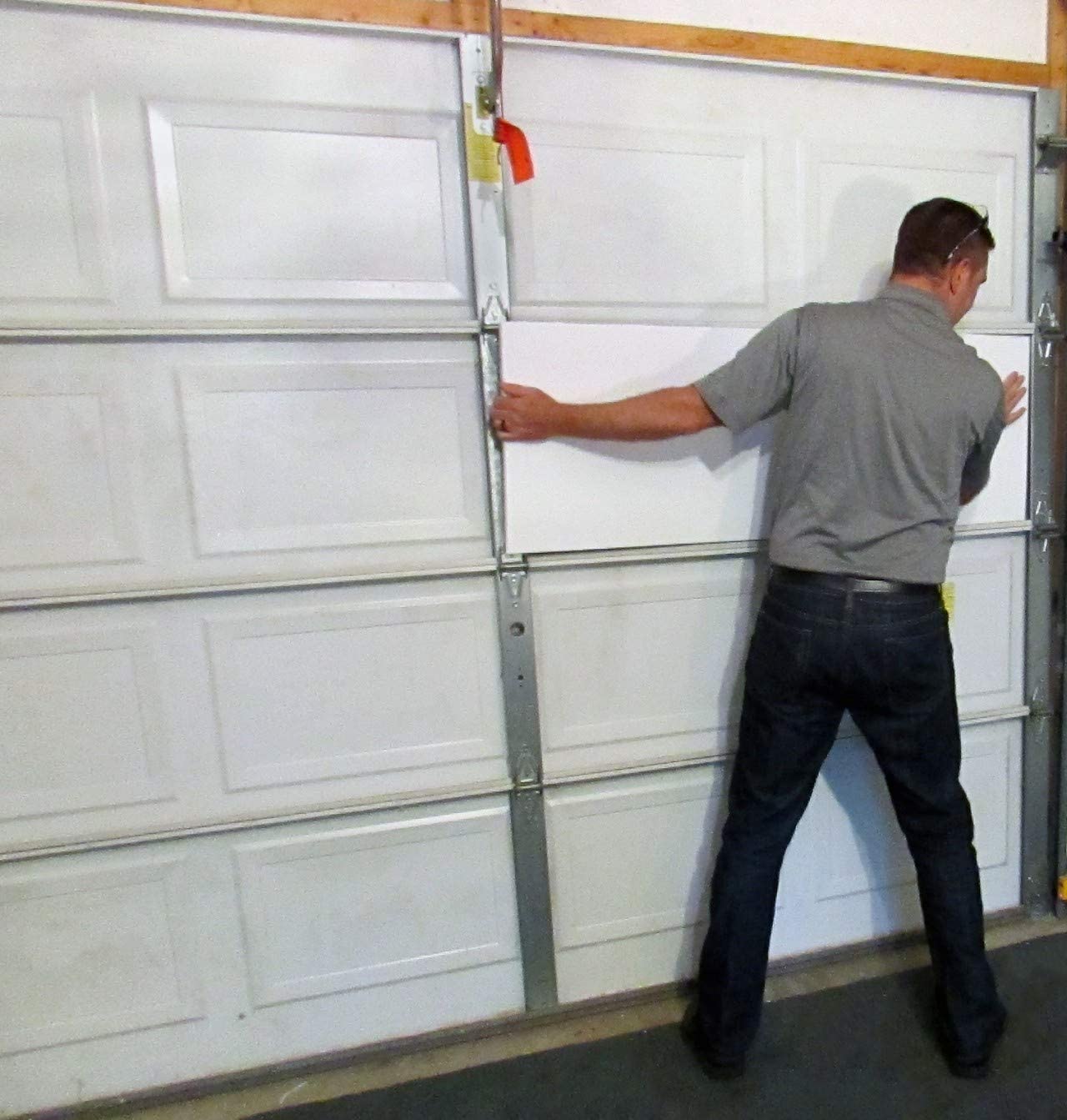Garage door insulation is a simple yet effective way to enhance the comfort and energy efficiency of your home. Often overlooked, the garage is a significant area where heat loss and cold drafts can occur, especially in regions with extreme temperatures. By insulating your garage door, you can create a more comfortable environment, reduce energy costs, and even extend the lifespan of your garage door. In this article, we’ll explore the benefits of garage door insulation, different insulation options available, the installation process, and how it can contribute to a more energy-efficient home.
1. Benefits of Garage Door Insulation:
Garage door insulation offers several advantages for homeowners:
- Improved Temperature Regulation: Insulating your garage door helps maintain more stable temperatures inside the garage, keeping it warmer in the winter and cooler in the summer.
- Increased Comfort: A properly insulated garage provides a more comfortable environment for activities such as woodworking, automotive work, or simply entering and exiting your home.
- Energy Savings: By reducing heat loss and minimizing cold drafts, garage door insulation can lower energy bills associated with heating and cooling the home.
- Noise Reduction: Insulation can help dampen noise from the garage, making it quieter inside and outside the home.
2. Types of Garage Door Insulation:
There are several types of insulation materials commonly used for garage doors:
- Foam Board Insulation: Rigid foam boards are lightweight, easy to cut, and provide excellent thermal resistance. They are typically installed between the garage door panels.
- Reflective Insulation: Reflective insulation consists of layers of foil or reflective material that reflect radiant heat. It is often installed on the interior surface of the garage door.
- Spray Foam Insulation: Spray foam insulation is applied as a liquid and expands to fill gaps and cracks, providing a seamless and airtight barrier. It is commonly used in areas with irregular surfaces or hard-to-reach areas.
3. Installation Process:
Garage door insulation can be installed as a do-it-yourself project or by hiring a professional installer. The installation process typically involves the following steps:
- Measurements: Measure the dimensions of your garage door panels to determine the amount of insulation material needed.
- Preparation: Clean the surface of the garage door panels to ensure proper adhesion of the insulation material.
- Cutting and Fitting: Cut the insulation material to the appropriate size and fit it between the garage door panels or adhere it to the interior surface of the door.
- Sealing and Securing: Use adhesive or tape to secure the insulation in place and seal any gaps or seams to maximize effectiveness.
4. Energy-Efficient Home Improvement:
Garage door insulation is a cost-effective home improvement project that can contribute to overall energy efficiency. By minimizing heat loss and improving temperature regulation in the garage, it reduces the workload on your HVAC system and helps maintain a more consistent indoor temperature throughout the home. Additionally, it can enhance the comfort of adjoining rooms and living spaces, making your home more enjoyable year-round.
Conclusion:
Garage door insulation is a simple yet impactful home improvement project that offers numerous benefits, including improved comfort, energy savings, and noise reduction. Whether you choose foam board, reflective, or spray foam insulation, insulating your garage door can make a noticeable difference in the comfort and efficiency of your home. Consider investing in garage door insulation to maximize comfort, lower energy costs, and create a more energy-efficient living environment for you and your family.
